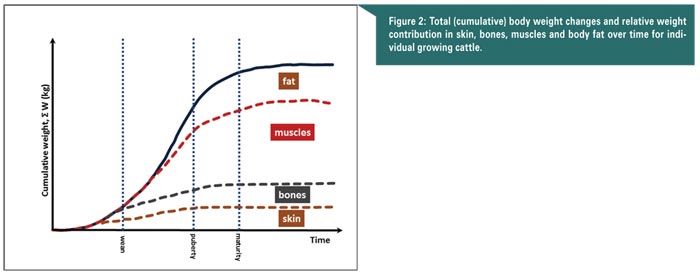

15 months - Centre permanent incisors appear. The following is a guide: 12 months - All the calf teeth are in place. Drought or grazing on sandy country will also affect rate of wear. It was concluded that beef aged for 14 days post mortem and recovered from young bulls which have achieved high growth rates can be at least as good as that representative of the UK standard product. There is controversy on the reliability of attempting to tell the age of cattle by their teeth, as rate of wear can be affected by the forage that is grazed. biceps femoris P < 0♰01) and was considered to be more tender ( P < 0♰01), less flavoursome (F < 0♰01) and more acceptable ( P < 0♰1) than that produced by steers. Bulls, however, produced meat which had lower mechanical shear force values (10♲ v. Similarly, no significant differences in beef tenderness either between genotypes or diets were detected. Age at slaughter had no significant effect on beef tenderness from young bulls in this study. semimembranosus were recovered from all bull and steer carcasses, vacuum packed and stored at 2☌ for a fiirther 12 days before freezing and subsequent assessment by a 12 member taste panel and texture analysis using a Warner Bratzler shear jig.īulls achieved high growth rates during the finishing period averaging 1♲2, 1♵5, 1♴1 and 1♹8 kg/day for silage-fed Angus × bulls barley-fed Angus × bulls silage-fed Charolais × bulls and barley-fed Charolais × bulls, respectively (s.e.d.

On each slaughter date and at each abattoir the first four commercial steers which followed the bulls on the slaughterline and met the United Kingdom (UK) modal carcass specification R 4L were selected as abattoir, slaughter date and industry representative controls. Bulls given barley were slaughtered on date numbers 1 to 5 (43 to 67 weeks of age) and bulls given silage on date numbers 2 to 7 (49 to 79 weeks of age). Bulls were slaughtered from approximately 10 months of age on seven dates (ages) at 6-week intervals. The experiment was a factorial design using bulls of two crossbred genotypes (Aberdeen Angus × and Charolais ×), offered two diets (silage-based and barley-based) and slaughtered at two abattoirs. An experiment was devised to examine the effect of animal age at slaughter, within genotype and finishing system, on bull beef eating quality characteristics to assess the 15 month age limit imposed for bulls at slaughter by the Meat and Livestock Commission specification for improved beef eating quality.


 0 kommentar(er)
0 kommentar(er)
